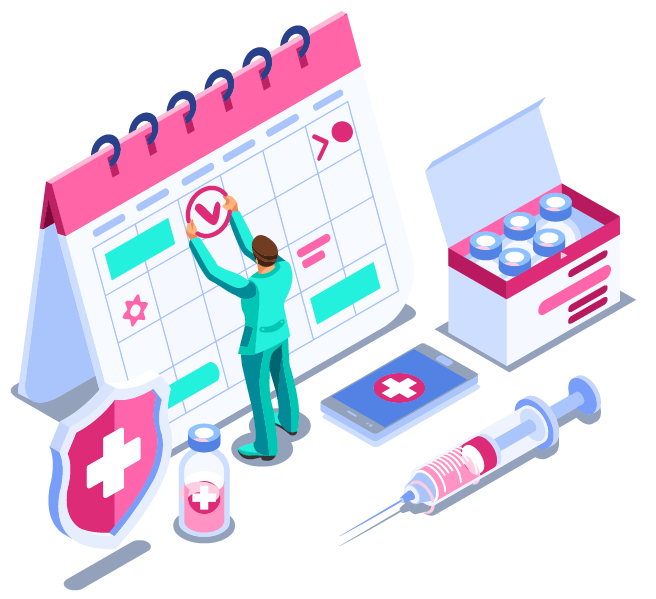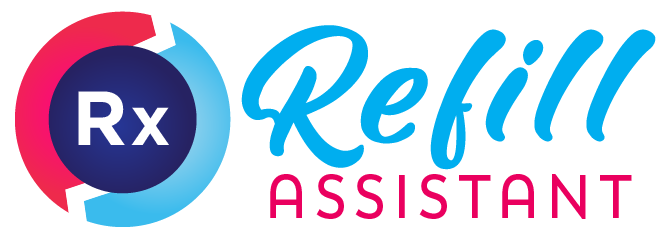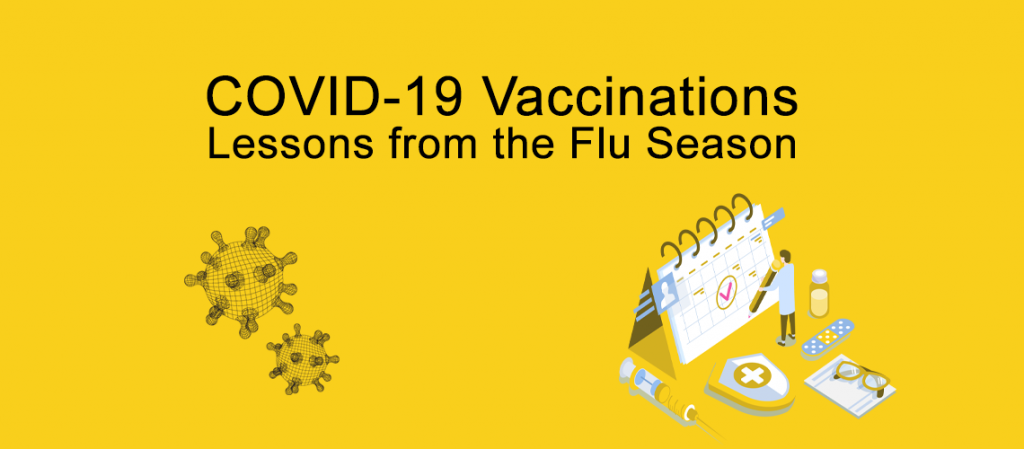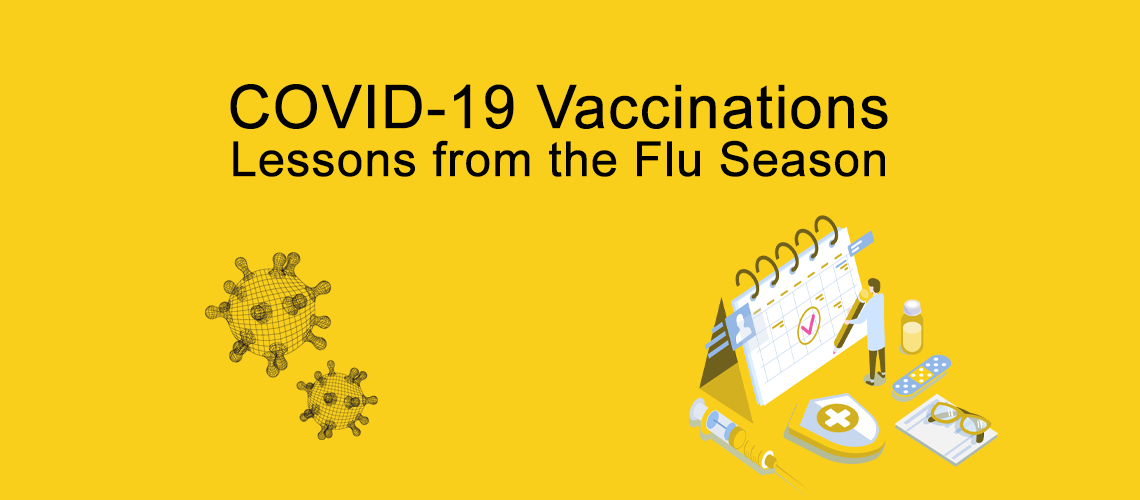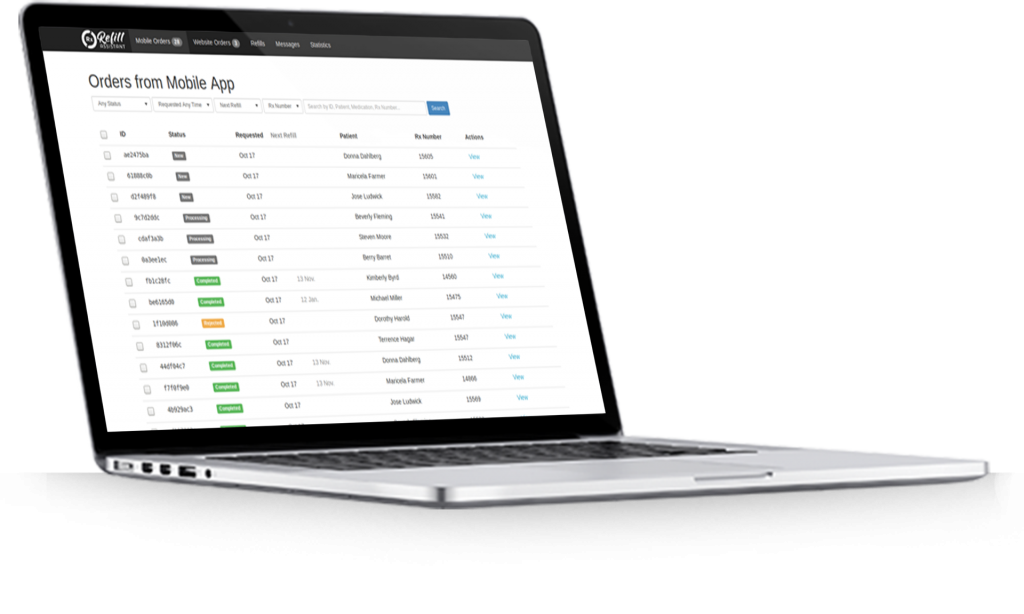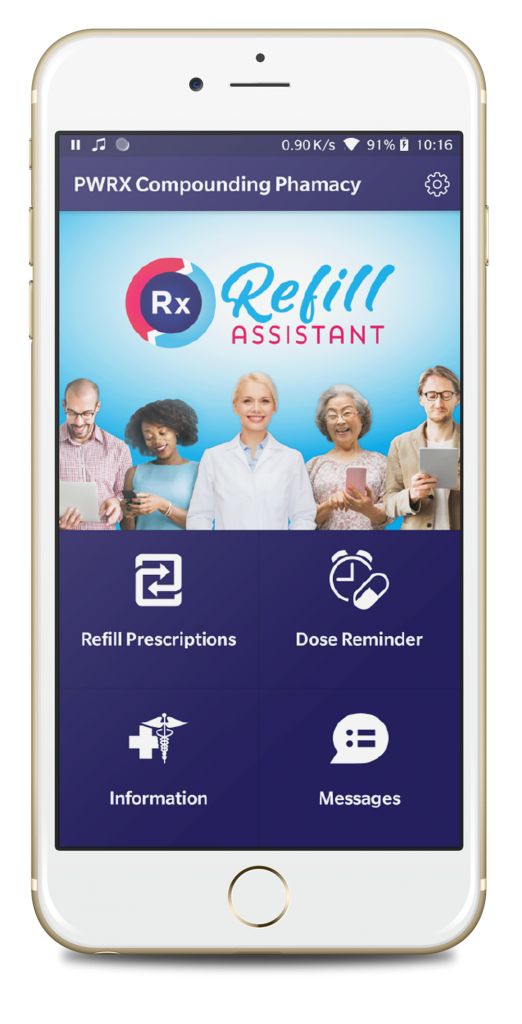Vaccine shortages in conjunction with high demand created very challenging circumstances for any pharmacy providing a flu vaccination service this season, a situation that is likely to be amplified for COVID-19 vaccination programmes. In this article, Desmond Byrne of Refill Assistant outlines lessons learned from the 2020/21 flu season and how these lessons can be applied to implement a successful COVID-19 vaccination programme.
This article was first published in the IPU Review May 2021 edition.
The 2020/21 flu season was characterised by a significant imbalance in the supply of the flu vaccine and the demand for a vaccination. Driven by an expanded seasonal influenza vaccination programme and a high visibility publicity campaign, demand was extremely high. Conflated with a fear of COVID-19, the public reacted by seeking flu vaccinations en masse. However, vaccine supply proved more intractable. Aggravated by high international orders, adult flu vaccines remained in short supply and were on allocation for much of the flu season.
How did this impact pharmacies?
With large waiting lists, pharmacies experienced first-hand the implications of shortages and vaccine allocations. Both partial deliveries and pushouts to committed deliveries were commonplace. Consequently, patients scheduled for a flu vaccination had to be contacted and their appointments cancelled to be later rescheduled. This was the most frequent consequence, but there were others:
- Demand for the flu vaccine was extremely strong from the start and appointment slots got booked out very quickly.
- Multiple people were simultaneously trying to book the same appointment time.
- There were extreme cases whereby all vaccination slots for the following 2 weeks were booked out within 20 minutes of being made available.
- In such scenarios, the elderly and those with limited internet access were disadvantaged by fully automated online booking systems.
- Capturing the patient’s medical history and allergy information proved to be essential. As criteria changed, pharmacies expanded their use of medical history questionnaires to quickly identify and prioritise at-risk persons.
- Pharmacies who manually transferred waiting lists into booking systems benefited from having a single data source for all appointments (online, walk-ins, phone).
- Pharmacies who implement several lists such as an online system and a manual paper-based list eventually had to commit to a single system. The later the decision was made the more difficult it was to switch.
- Booking systems were most successful for pharmacies who micro-managed the number of available appointment slots to ensure they were less than the expected vaccine delivery quantity.
- Any increased delivery quantities were quickly consumed by adding appointment slots.
- Pharmacies that converted completely to an online booking engine were able to reduce patient contact time to 90 secs and schedule appointments every 10 minutes in a single consultation room setting. Thereby significantly increasing vaccination capacity.
- As a channel for booking vaccination appointments, a pharmacy’s own website worked very well. Website traffic was high and abandonment rates low leading to a high rate of bookings.
What lessons can be applied to the COVID-19 vaccination programme
There are relatively simple things a pharmacy can do to counter the likely supply and demand imbalance in the mass ramp-up phase of the vaccination rollout.
- Prepare for vaccine allocation and delivery shortages.
- Keep things as simple as possible. Put in place a single system to manage bookings and wait list registrations. It could be pen and paper, an Excel file, or a booking system.
- Automate as much as you can: appointment confirmation, appointment reminders, and the patients’ self-declaration of their COVID-19 status.
- Put in place a method for patients to self-register on a COVID-19 vaccination waiting list.
- Obtain patient medical details in advance.
- Enter all walk-in, phone or online waitlist registrations and bookings into the single system.
- Use the registered waitlist for both prioritisation and contingency planning purposes.
- Ensure that cohort and age is captured as part of the waitlist registration.
- Only, schedule persons on a wait list with an appointment on confirmation of vaccine delivery quantities or, if possible, upon receipt of the vaccines.
- If implementing an automated scheduling system without a waitlist function, limit the available appointment slots. Make sure the number of bookable appointment slots is less than the delivered or ordered vaccines.
- Create a vaccination demand forecast and use it to create capacity and inventory plans.
- Obtain consent from the patient in advance to reduce paperwork and increase throughput.
As the state’s vaccination programme transitions from the mass ramp-up to the open access phase, supply and demand are likely to come into balance and maybe even reverse. A large quantity of vaccines should be available and will be administered to lower risk groups and the vaccine hesitant. Demand will be increasingly driven by factors such as convenience and confidence. Pharmacies are well placed to address these issues providing the vaccination service quickly and conveniently in a high trust environment.
There are a few simple steps that the pharmacy can implement to enhance convenience and engender trust:
- Make it easy for patients to schedule and book a vaccination appointment.
- Put in place a robust appointment confirmation and reminder workflow via multiple communication channels.
- Keep patients on your website. Do not use a tool that redirects them to book elsewhere.
Vaccination Booking System Features
When implementing a vaccination booking system, the main features to consider are:
- It offers the ability for patients to register online for a wait list to support the mass ramp-up phase, forecasting and contingency planning.
- It enables automated bookings to be taken online as vaccine supply increases.
- It allows the pharmacy to schedule a booking on behalf of a patient (walk-in queries, phone call appointments or those with limited internet access).
- It allows the pharmacy to register a patient on a waitlist.
- It integrates with your workflow allowing you to easily convert a person on a waitlist to a scheduled appointment.
- It supports the scheduling of 2nd and subsequent booster shots.
- It automatically sends SMS text and email confirmations and reminders to reduce no-shows.
- It automatically requests a patient’s COVID-19 status within 24 hours of the vaccination appointment.
- It communicates vaccine information to the patient.
- It records the patient’s medical history.
- It obtains the patient’s consent to be vaccinated.
- It integrates with your website, supports your branding, and maintains confidence by keeping the user on your website.
.
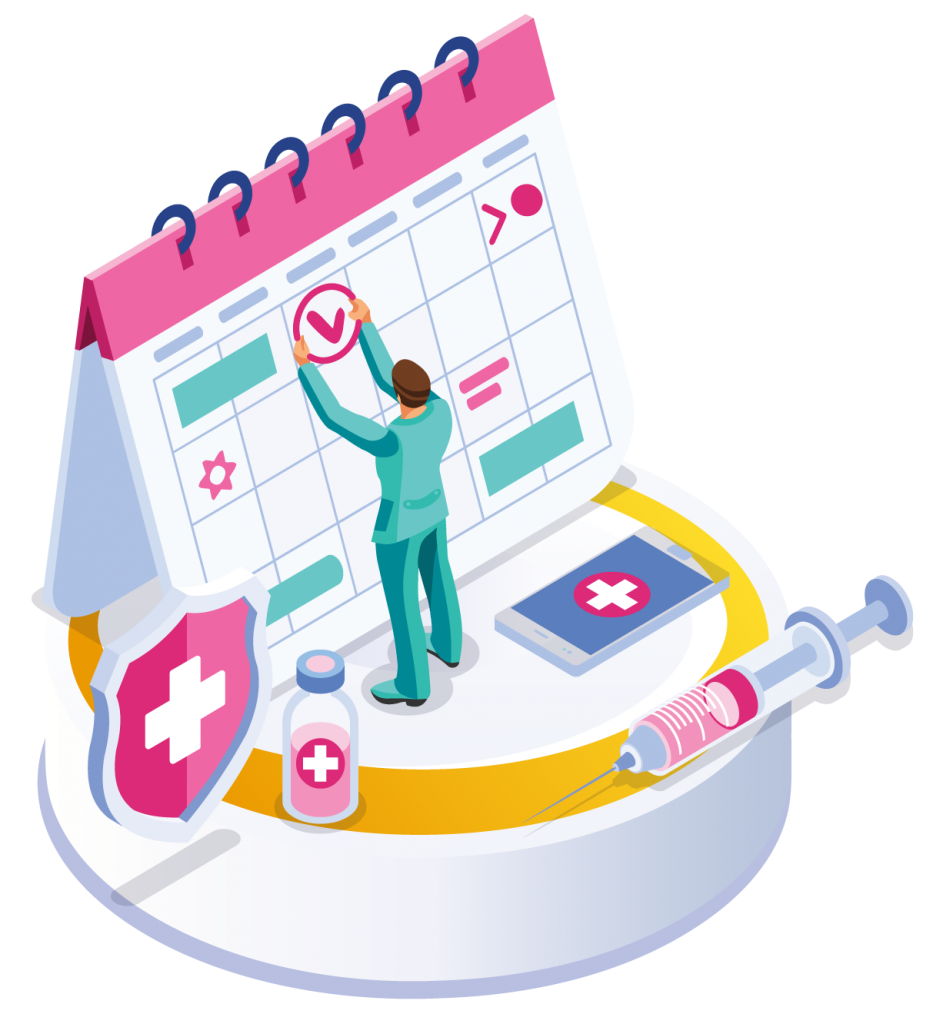
Conclusions
The 2020/21 flu season with its high demand for vaccinations, combined with the feedback from our customer base, has allowed us to understand what factors may impact the COVID-19 vaccination service and what should be taken into consideration when booking appointments.
The same factors will come into play in relation to COVIID-19 vaccinations:
Demand will initially outstrip supply leading to vaccine shortages, partial deliveries, pull-ins, and pushouts. An effective waitlist will help mitigate against the negative effects of the supply/demand imbalance resulting in fewer rescheduled and cancelled appointments. In turn, this will lead to less frustration for staff and patients, fewer phone calls and reduced administration.
As the vaccine roll-out gets established moving to the open access phase, other factors will come into play such as convenience and capacity. A more automated approach will help, especially if it can combine self-service tools to enable the patient to schedule the appointment, provide vaccination consent and confirm their COVID-19 status in advance.
